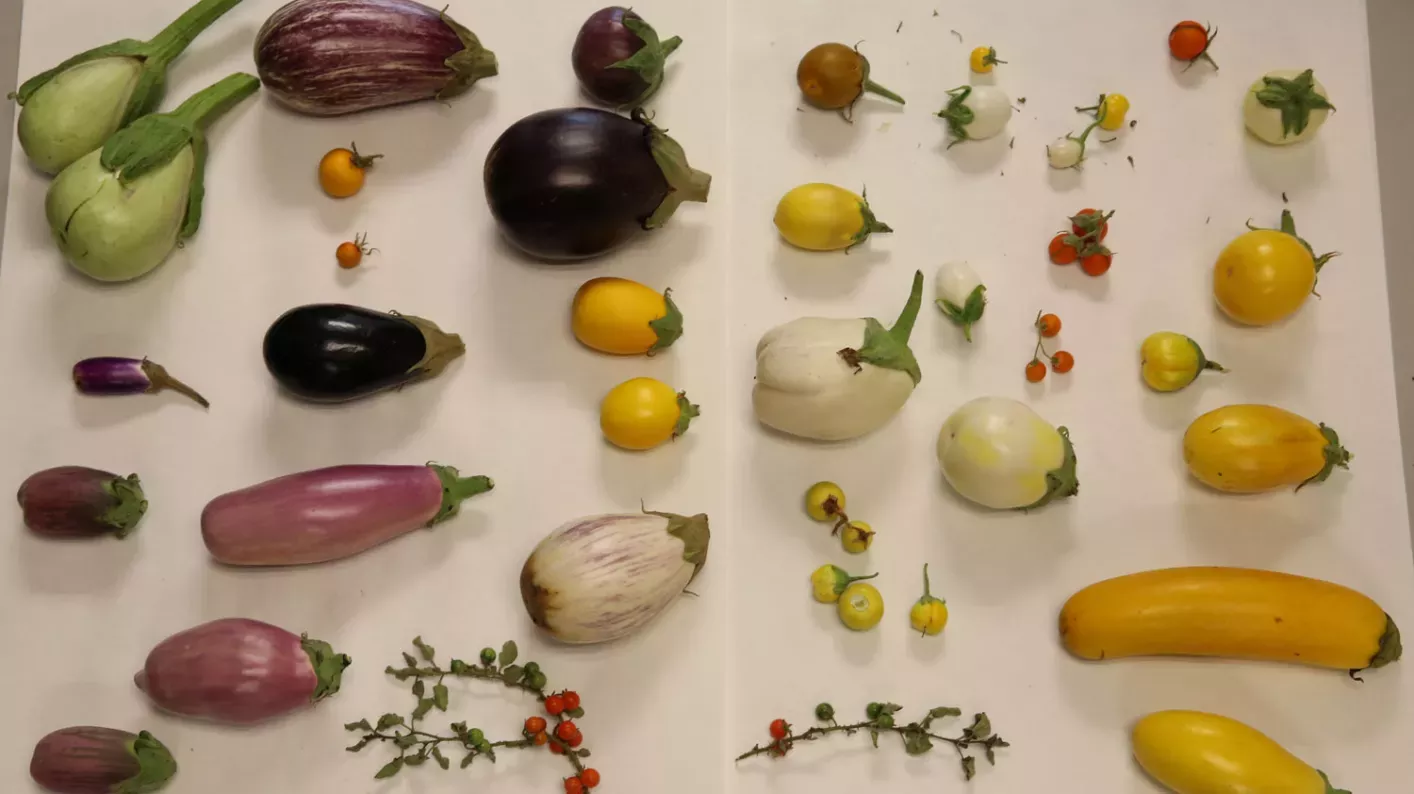Banking the world’s seeds (original) (raw)
Kew’s global seed banking network, the Millennium Seed Bank Partnership (MSBP), is the largest ex situ plant conservation programme in the world.
Our focus is on plant life faced with the threat of extinction and plants of most use for the future.
The most recent State of the World's Plants Report highlighted that 2 in 5 plant species are threatened with extinction. The seeds we save are conserved in seed banks as an insurance against the risk of extinction in their native habitat.
Working with our network of partners across 100 countries and overseas territories, we have successfully banked approximately 15.6% of the world's wild plant species.
Collections are preserved at the Wellcome Trust Millennium Building at Wakehurst and around the world in our partner seed banks.
The collections and the vital associated knowledge enable innovation, adaptation and resilience in agriculture, horticulture, forestry and habitat restoration.
The published MSBP Seed Conservation Standards provide a basis for technology transfer amongst partners and help to assure users of the quality of the seed collections.
Objectives
Through the Millennium Seed Bank Partnership, we aim to achieve the following:
- Conservation of threatened, range restricted and useful plants
- Expansion of the network of countries and partners working under common seed conservation standards to increase the quality and genetic diversity of collections.
- Strengthen the seed collections of the UK flora, with a focus on multi-provenance collections of woody species and the threatened flora.
- Research the different strategies needed to sample genetic diversity, and conserve seeds that cannot withstand desiccation and freezing.
- Track progress of global seed conservation towards banking 25% of the world’s plant species; this equates to approximately 75,000 species.
Examples of major programmes of work that are contributing to these objectives are:
The Garfield Weston Global Tree Seed Bank Programme: to conserve 3,000 of the rarest, most threatened and useful trees and woody shrubs, and to undertake several research programmes to improve our knowledge of tree conservation.
The Arcadia Threatened Biodiversity Hotspot Programme: to secure over 5,000 species from five threatened global biodiversity hotspots
The Adapting Agriculture to Climate Change Project: to collect and conserve seed from more than 350 species of Crop Wild Relatives, facilitating their use in breeding new and improved crops better adapted to climate change.
The targets of the Millennium Seed Bank Partnership help to achieve Target 8 of the Global Strategy for Plant Conservation, one of the Cross-Cutting Issues of the Convention on Biological Diversity. They also contribute towards Targets 2, 13 and 15 of the UN Sustainable Development Goals.
Di Sacco, A., Hardwick, K.A., Blakesley, D., Brancalion, P.H.S., Breman, E., Cecilio Rebola, L., Chomba, S., Dixon, K., Elliott, S., Ruyonga, G., Shaw, K., Smith, P., Smith, R.J., Antonelli, A. (2021)
Ten golden rules for reforestation to optimize carbon sequestration, biodiversity recovery and livelihood benefits.
Global Change Biology 27: 1328_–_1348.
Pearce, T.R., Antonelli, A., Brearley, F.Q., Couch, C., Campostrini Forzza, R., Gonçalves, S.C., Magassouba, S., Morim, M.P., Mueller, G.M., Nic Lughadha, E., Obreza, M., Sharrock, S., Simmonds, M.S.J., Bonglim Tambam, B., Utteridge, T.M.A. & Breman, E. (2020)
International collaboration between collections-based institutes for halting biodiversity loss and unlocking the useful properties of plants and fungi.
Plants People Planet 2: 515_–_534.
Kildisheva, O.A., Dixon, K.W., Silveira, A.O., Chapman, T., Di Sacco, A., Mondoni, A., Turner, S.R. & Cross, A.T. (2020)
Dormancy and germination: making every seed count in restoration.
Restoration Ecology 28: 256_–_265
Liu, U., Cossu, T.A., Davies, R.M., Forest, F., Dickie, J.B. & Breman, E. (2020)
Conserving orthodox seeds of globally threatened plants ex situ in the Millennium Seed Bank, Royal Botanic Gardens, Kew, UK: the status of seed collections.
Biodiversity and Conservation 29: 2901–2949
Gargiulo, R., Saubin, M., Rizzuto, G., West, B., Fay, M.F., Kallow, S. & Trivedi, C. (2019)
Genetic diversity in British populations of Taxus baccata L.: Is the seedbank collection representative of the genetic variation in the wild?
Biological Conservation 223: 289_–_297.
Mattana, E., Peguero, P., Di Sacco, A., Agramonte, W., Castillo, W.R.E., Jiménez, F., Clase, T., Pritchard, H.W., Gómez-Barreiro, P., Castillo-Lorenzo, E., Encarnación, M.T., Way, M.J., García, R. & Ulian, T. (2019)
Assessing seed desiccation responses of native trees in the Caribbean.
New Forests 51: 705_–_721.
Skelton, A., Buxton-Kirk, A., Fowkes, A., Harju, V., Forde, S., Ward, R., Frew, L., Wagstaff, O., Pearce, T.R., Terry, J., Dickie, J., Cockel, C., Nyamongo, D.O., Aboagye, L.M., Wasswa, J.M. & Fox, A. (2019)
Potato spindle tuber viroid detected in seed of uncultivated Solanum anguivi, S. coagulans and S. dasyphyllum collected from Ghana, Kenya, and Uganda.
New Disease Reports 39: 23.
Ulian, T., Pritchard, H.W., Cockel, C.P., & Mattana, E. (2019)
Enhancing food security through seed banking and use of wild plants: case studies from the Royal Botanic Gardens, Kew.
Encyclopedia of Food Security and Sustainability 3: 32_–_38.

Conserving the cousins of our crops
As the Crop Wild Relatives Project comes to a close, we look back at the endeavours of the past ten years.

A blossoming partnership in Japan
New partners in the Global Tree Seed Bank Project, the University of the Ryukyus, Okinawa begin a programme of tree seed collection and research.

The tale of the sleeping beauties unveiled
Kew scientists delve deep into the seed vault of Kew’s Millennium Seed Bank to uncover the conservation value of the seeds stored at -20°C.

Training the next generation of seed conservationists
Bobbi Hope explains how training is increasing the capacity of the Millennium Seed Bank Partnership to conserve the world’s plant species.

Opening the Boyacá Seed Bank in Colombia
After a Seed Conservation Techniques Training Course by Kew Scientists, the first native seed bank of Colombia was opened in a historic building at the Humboldt Institute, Villa de Leyva.